A copper dagger, Neolithic artefacts and an unknown building in an Italian cave
Categories: Nálezy nejenom s detektorem v západní Evropě
Archaeologists have discovered a unique copper dagger from 4,000 years ago in the Italian cave of Tina Jama in the Tertiary Karst. There are also flint and obsidian tools from the Neolithic period, and a previously unknown structure at the cave entrance. They provide a new insight into local prehistoric cultures, demonstrating contact between different areas of Europe at the time.
The 10 cm long copper dagger is leaf-shaped with a very carefully shaped blade. It was attached to the wooden handle in a manner typical of the Eneolithic period. It was discovered by Professor Federico Bernardini, head of excavations at the University of Venice Ca' Foscari, together with his Italian and Slovenian colleagues: "Such finds have no exact parallels in Italy, but the dagger of Tino Jama can be compared to a similarsimilar finds from the famous Dežman/Deschmann stake dwellings near Ljubljana in Slovenia," the professor said.
In addition to the dagger, archaeologists have found other items such as stone axes, spikes and decorative objects. The findings indicate a complex use of the Tina Jama cave, which may have been ritual or ceremonial in nature. At the entrance to the cave, a structure made of slabs and stone blocks dating back 3,500 to 4,000 years was discovered. The purpose of this structure remains unclear, but fragments of human skulls found nearby suggest that it may have had a funerary function.
Flint arrowheads, long flint blades made by pressure techniques, polished stone axes, obsidian and ceramic objects and shell ornaments suggest that the cave was visited for thousands of years:
"Excavations at Tina Jama have uncovered layers dating back to the Bronze Age and the last Copper Age, dating to the second half of the 3rd century. Dr. Elena Leghissa, an archaeologist from the Institute of Archaeology of the Research Centre of the Slovenian Academy, added. "The discoveries are crucial for understanding the technological, cultural and social transformations in Europe during this period," she concluded.
Roman Němec
Sources: catastogrotte.regione.fvg.it, archaeology.org, sci.news
- Related - finds of copper axes by metal detectors in the Eneolithic section of the Czech and Slovak Republic.
 Copper dagger
Copper dagger
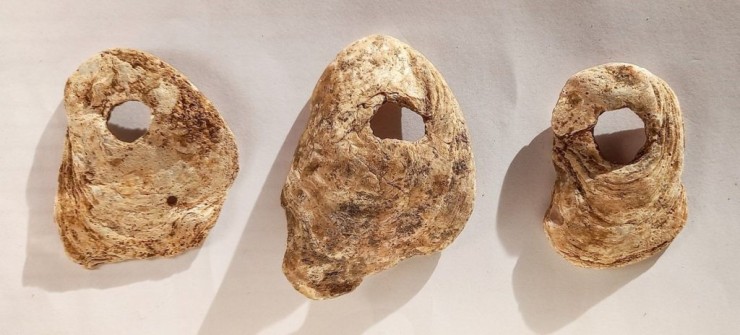 Neolithic perforated shells from the late 6th millennium BC.
Neolithic perforated shells from the late 6th millennium BC.
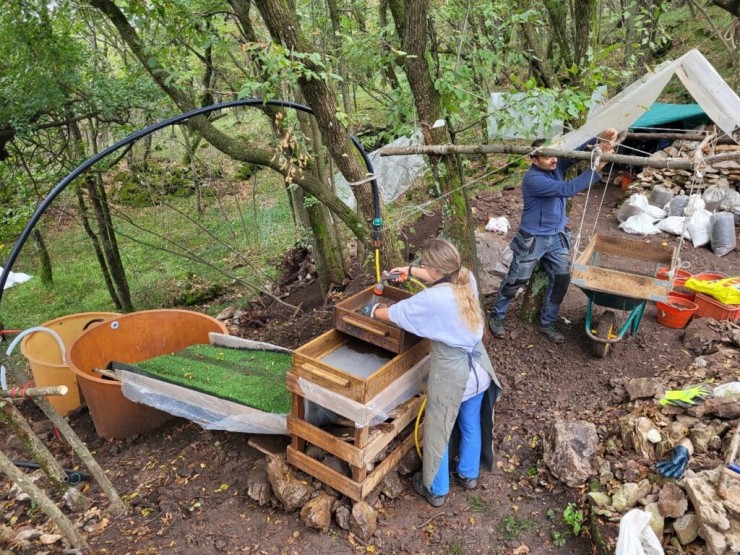 The Neolithic Neolithic of the Neolithic of the 6th millennium AD
The Neolithic Neolithic of the Neolithic of the 6th millennium AD
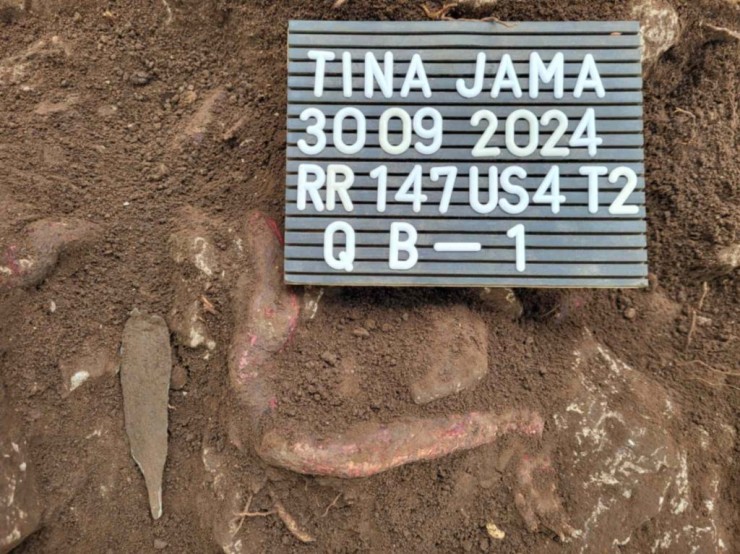 Copper dagger from the second half of the 3rd millennium BC in situ
Copper dagger from the second half of the 3rd millennium BC in situ
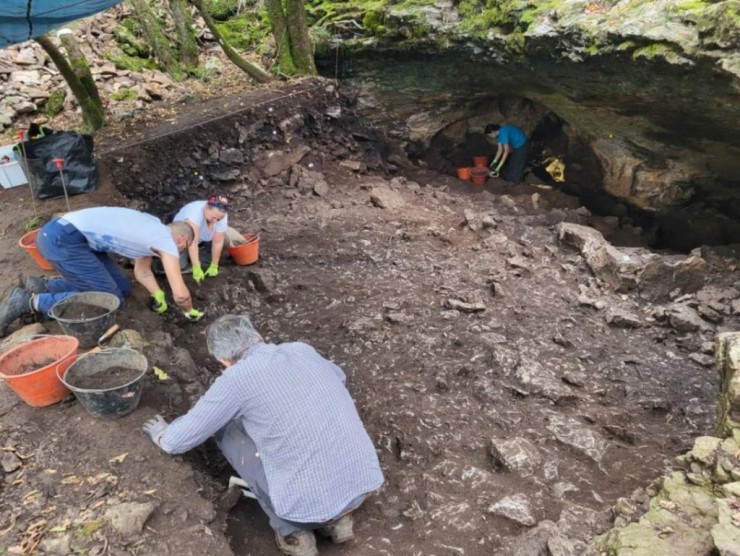 excavation in the Tina Jama cave
excavation in the Tina Jama cave
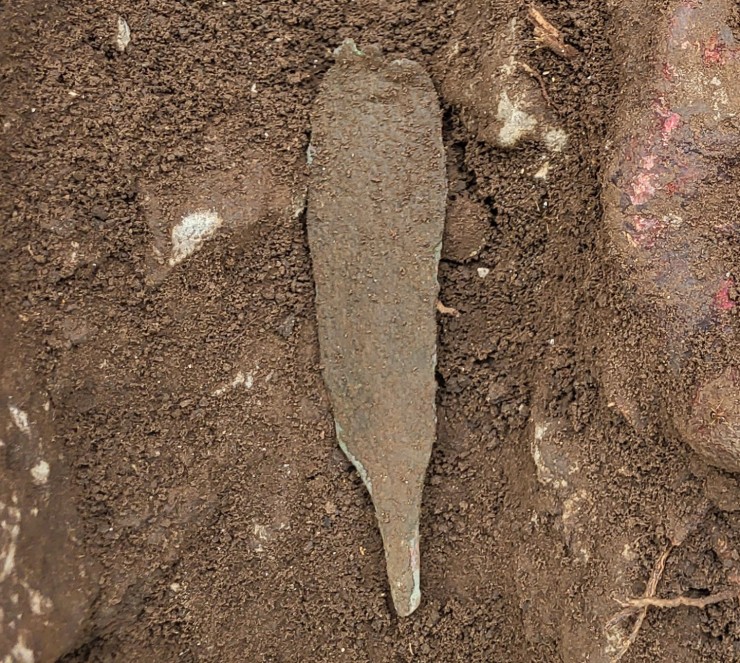 detail
detail
The article is included in categories: